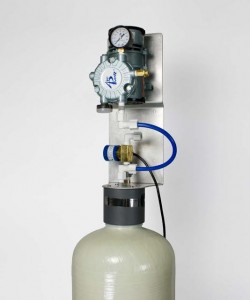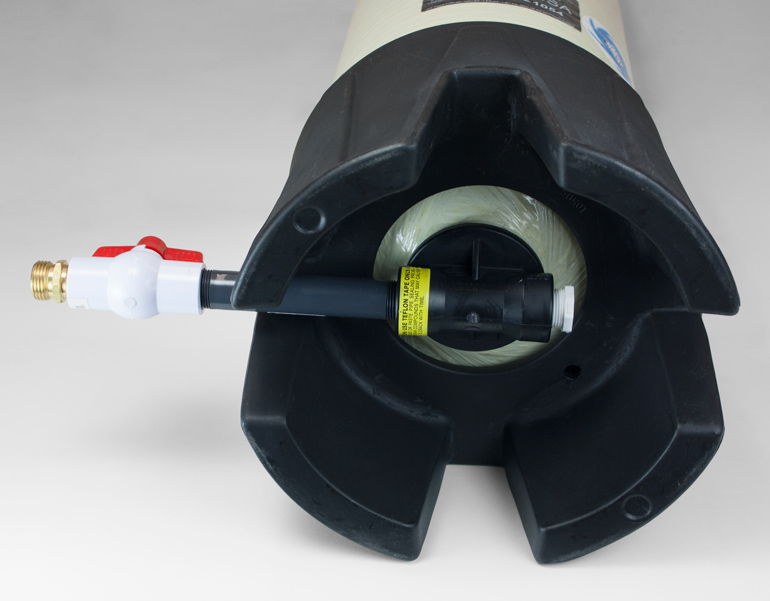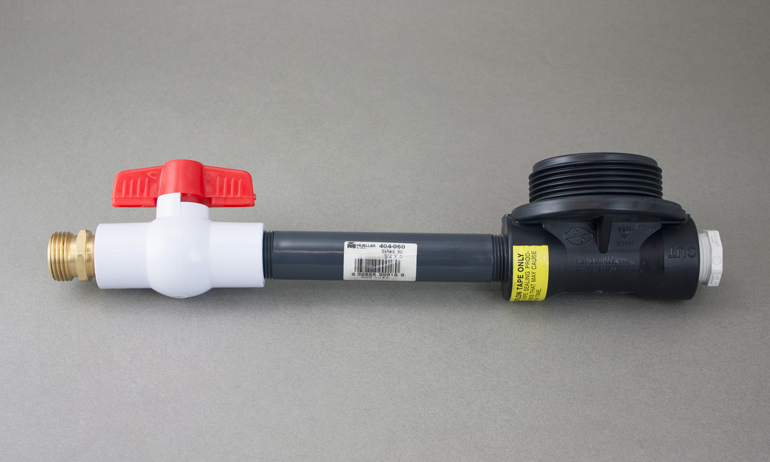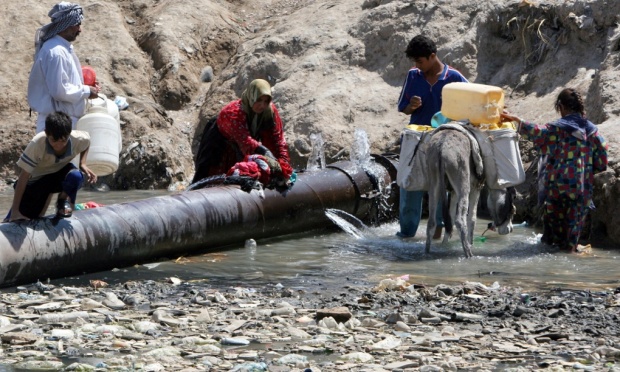Let Them Drink Almonds: How California Is Exporting Its Most Precious Commodity, Water, to China
The recent reports underlining the true severity of California’s water shortage brought on by prolonged drought have inspired the state’s lawmakers to consider severe rationing of water to homes and businesses, especially limiting the use of water for home landscaping. While any water saving is laudable and important, an East Bay Express article explains that the state’s real water gluttons, corporate farmers, are seldom mentioned when cutbacks are proposed. Below is an excerpt from the article.–Hardly Waite.
Environmentalists say the proposed regulations fail to address the state’s largest water waster: Big Agribusiness. In fact, California’s agricultural interests use 80 percent of the available water in the state each year (even though they represent just 2 percent of California’s economy). “But there’s no target [reduction] for agricultural use,” noted Tom Stokely, a water policy analyst for the nonprofit California Water Impact Network. Instead, Stokely pointed out that the state is just targeting urban and suburban water users in its rationing plan, even though they only consume about 20 percent of the California’s available water each year.
It’s one of the great illusions in the Golden State. When we think of wasting water, we think of emerald lawns, lush gardens, and backyard swimming pools. And while it’s true that many households and businesses are still wasting lots of water — and we need tougher rules to stop them — the true water wasters are large agricultural interests that are increasingly growing water-intensive crops, particularly almonds, in extremely dry sections of California, including the western San Joaquin Valley (see “California’s Thirsty Almonds,” 2/5/14).
In the past decade, the number of almond orchards in the state has grown by roughly 50 percent — primarily because tree nuts are highly profitable for farmers. And while growing nuts in the wetter northern Central Valley makes sense, it is irresponsible to plant tens of thousands of acres of almond trees in areas that don’t have enough water.
According to state data, California’s almond crop now consumes more water than all outdoor watering combined. You read that right. Even if every Californian stopped watering their gardens tomorrow, it would not save as much water that which is used for almonds in the state. “As a consumer, it makes you ask, ‘Why should I conserve water when they’re planting 40,000 acres of almonds in the desert?'” Stokely said.
Environmentalists, however, are concerned the current record-drought conditions will only lead to dumber decisions about water. They’re worried that instead of calling for the end of water-intensive farming in the desert, Governor Jerry Brown and state water officials will double-down on their plan to build two giant water tunnels underneath the delta so that it will be easier to ship Northern California water to the dry San Joaquin Valley. “They don’t want to do what really needs to be done,” said Barbara Barrigan-Parrilla, executive director of the conservation group Restore the Delta, referring to ending water-wasting practices by Big Ag in California.
Environmentalists are also concerned that Brown and other centrist Democrats, such as US Senator Dianne Feinstein, will join with Republicans in calling for the weakening of our environmental laws in order to send water shipments to farmers in the San Joaquin Valley — even if it means driving some fish species to extinction. “At what point to we accept that we’re overusing a limited supply?” said Bill Jennings, executive director of the conservation group California Sportfishing Protection Alliance.
For their part, agricultural interests have argued that they shouldn’t be subject to rationing because they’re too important to the state. After all, they say, how would we eat without the state’s bountiful farms?
But environmentalists rightly note that no one is calling for a cutback on water use for the state’s essential food supplies. The problem is the water wasted on non-essential crops. Right now, California is producing far more almonds than state residents can consume. So much so that at least 70 percent of the state’s almond crop is now exported — much of it to China. In other words, we’re essentially exporting our water to China.
That’s absurd. And if Governor Brown and California water officials are ever going to get serious about conserving water, then they need to abandon crazy business practices — like growing water-intensive crops in the desert and spending $25 billion on water tunnels to make it happen so we can sell more nuts to China. That’s especially true now that we’ve only got one year of water left.
Reference: “California Targets Wrong Water Wasters,” East Bay Express.













![rc400[1]](http://www.purewatergazette.net/blog/wp-content/uploads/2012/12/rc4001-169x300.jpg)

